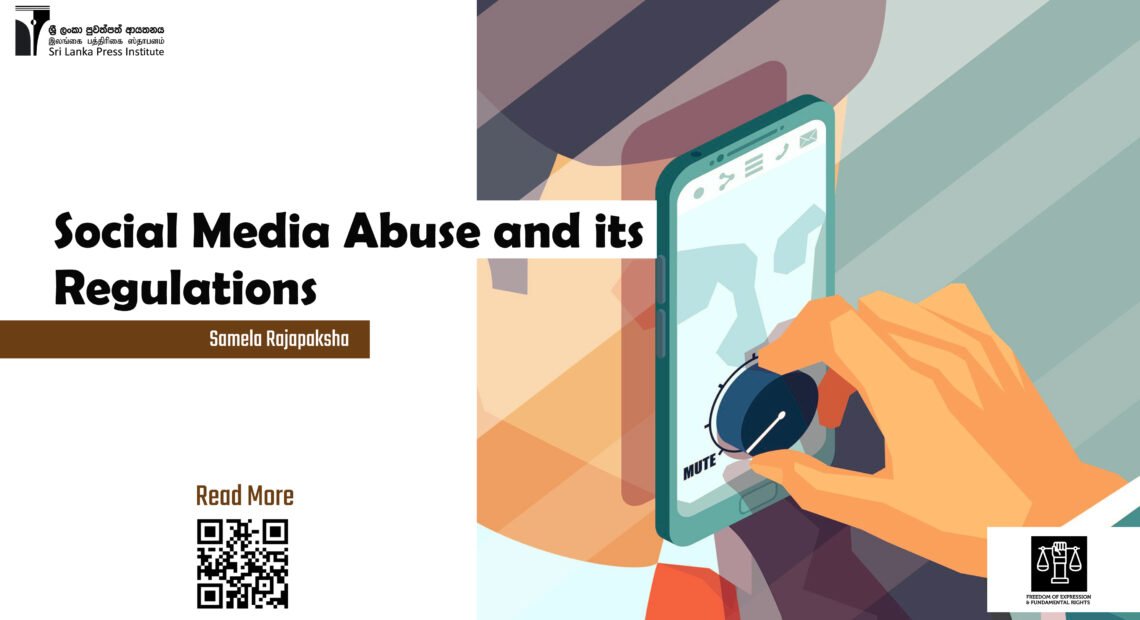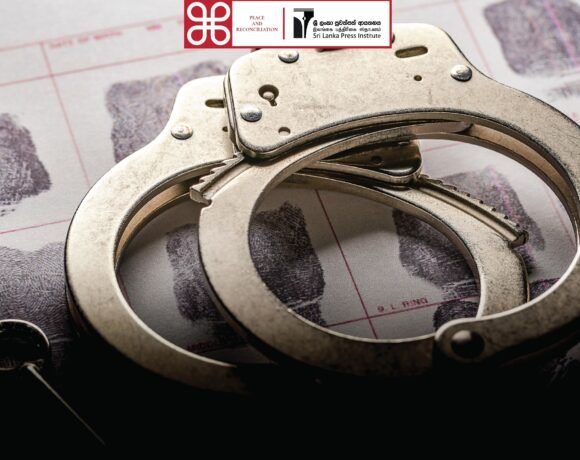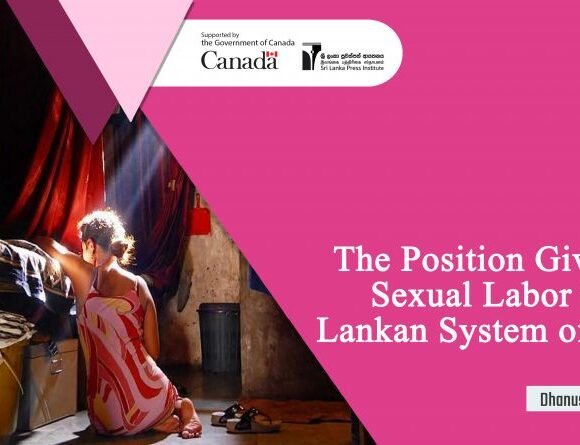
Social Media Abuse and its Regulations
Samela Rajapaksha
Social media belongs to the category of new media. Social media is based on internet and modern technology. It can also be defined as a set of modern applications that are human cantered. Social media are being developed in many aspects with the support of cyber space and satellite technology. In other words, social media can be defined as a plat form of internet which is used for human communication related to their personal and official activities as well as it is used to share and receive information related to the social lives and relationships of people.
Social media became popular at the beginning of the 20th century. There, the use of media changed with modern technology. Thus the social media became a new platform to communicate people’s ideas, information and messages.
The most important timely quality in social media is that it provides facilities to communicate through interaction. Twitter, Facebook, Skype, Viber, LinkedIn, YouTube, Instagram and Pinterest can be identified as some of the social media plat forms.
The uses of social media to the society
- To communicate political ideologies
- To establish campaigns to protect the environment
- To communicate information of different personal and social activities.
- To inform the travel opportunities
- Any information can be easily reached through social media.
Even though social media is being used by millions of people all around the world, very few number of people use it for anti- social and illegal activities. But it affects the society in large scale. Social media abuse happens in following ways.
- Hate speech
Social media is sometimes used to communicate hatred and violence against any individual, institution or a group of people. Anybody can easily spread hate speech using a fake identity or anonymously through social media. This is completely an action of social media abuse. Hate speech is a direct threat to ethnic and religious coexistence in the society. Moreover, the types of hate speech in web is an unpleasant reflection of social divisions, disputes, stresses and hegemony in the society.
- Disinformation and false news
Some people purposefully use social media to spread false information and false analysis. Even though very few number of people generate disinformation, the number of people who share such information is larger in numbers and they become more popular than the generator of disinformation.
- Cyber Bullying
There can be seen certain people who stay in social media with fake identities and engage in scolding, threatening and cheating others. Most of the times the victims of such actions are women. There are people who have given up using social media plat forms because of their unpleasant experience of cyber bullying.
- Identity theft
Each of the social media user should have a unique password to use any social media plat form. It should not be revealed to any other party . The pass words should be confidential. In Sri Lanka many troublesome incidents have been reported due to revealing pass words to other parties. Several social media accounts had been hacked and harmed by intruders when they have access through the owners’ pass words. This basically happens due to the negligence of social media users. Such actions can be avoided by being cautious when using social media.
- Privacy issues
When some one shares their personal information and photographs in social media plat forms, there are measures to limit their audiences. Unfortunately many social media users are not aware of such techniques. There is a tendency that some people share their personal stuff which should only be shared among their intimates. Such actions make it easy and advantageous to the intruders who are engaged in social media abuse. This is not a fault of any social media plat form but a fault of the user.
Regulations are a set of rules that are officially legislated. They regulate both tangible and intangible spheres. Regulatory bodies wish to control human behaviours as well as social behaviours through such rules. Regulation does not mean controlling or censoring the content. It introduces a proper set of rules and etiquettes that should be followed when using social media.
The society is in need of regulations because the people are not properly aware of how to enjoy the freedom given to them in certain activities.
In recent history, two types of regulations to global social media plat forms have been used in many countries in the world. They are social media plat form liability and social media user liability. In the first method the responsibility of the social media abuse is on the side of the relevant social media plat form. In the second method, the responsibility is on the side of the social media user. Moreover, there is a new tendency of developing resistance against social media abuse by social media users.
One of the recent examples to prove that fact is given below. A movement called “Sinhale” which includes hate speech towards another community has been established recently. As a response to that, another group of social activists started a movement called “Ekama le” with the intention of resisting the effect of the first establishment.
Social media regulations in Sri Lanka should be tightened to avoid wild usage of social media. Establishing a set of social media etiquettes will contribute to limit and regulate the adverse results of social media abuse. Social media regulations will also guide the users to use social media plat forms for the betterment of the society.








